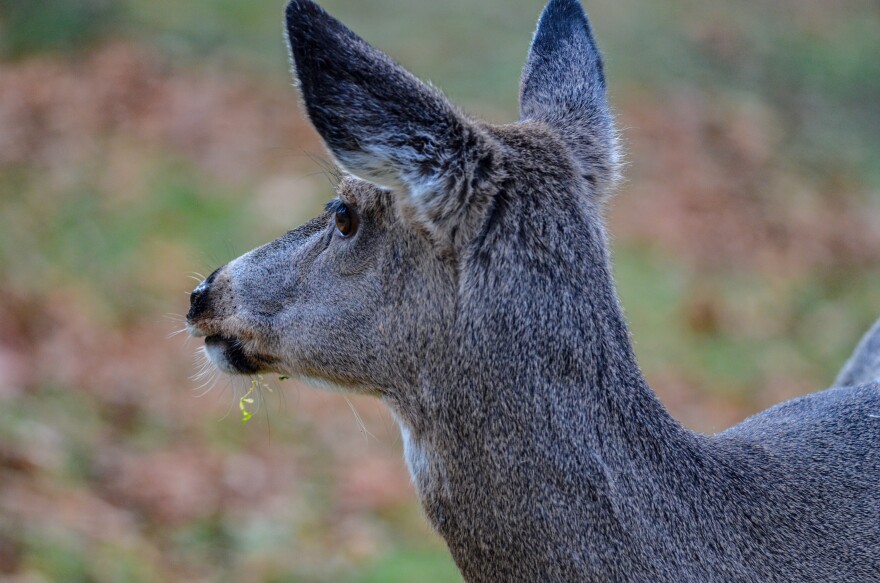The DNR tried a new deer management tactic last week: an open letter asking Michigan hunters to go after more antlerless deer, like does and young males.
Chad Stewart, a DNR deer biologist who authored the letter, says regulation changes that encourage antlerless deer hunting aren’t making enough of a dent.
“The letter is something, certainly, I've not done before,” said Stewart. “It's really an appeal to deer hunters … about how their deer hunting can be improved both in the present and into the future by taking more antlerless deer.”
But Stewart says antlerless deer harvest is also crucial for managing the herd because deer reproduce so quickly. He says some fawns can even reproduce in their first year.
“But typically most adults does are putting anywhere between one and three fawns on the ground in the summertime, and we typically see really high survival rates outside of that as well.”
On top of that, the number of hunters in Michigan is in steady decline.
Stewart says in 2000, the state recorded just over 800,000 hunters. Nowadays, there are around 500,000 deer hunters in Michigan, and that number is expected to fall even more.
A number of regulations over the years have tried to correct the growing imbalance between fewer hunters and more deer.
There’s now a two-day early antlerless firearm hunting period in September; combination tags that allow hunters to harvest antlerless or antlered deer with only one license; and in some parts of the state, a decrease in license costs altogether.
But Stewart says it still hasn’t been enough: “Right now we're falling short in our management of our white tailed deer resource.”
That poses problems beyond just hunting. Stewart says poorly managed deer herds can damage forests, harm crops, cause more vehicle collisions and spread disease.
It took decades of protection and regulation for Michigan’s white-tailed deer population to rebound to this point, which is one reason why Stewart thinks hunters are reluctant to take antlerless deer.
“There's a perception that the deer herd can be very fragile,” he said. “In reality our deer herd is actually quite resilient… and we actually need to take quite a few antlerless deer out of a population each year because deer are so profound in their reproductive capabilities.”
Stewart says in addition to encouraging hunters to take more antlerless deer this season, he hopes the letter will spark dialogue about solutions among hunters and conservation groups.
He says different states have tested different strategies over the years to varying degrees of success.
“Earn-a-buck” programs require hunters to harvest a certain number of antlerless deer before they can hunt a buck. Combination licenses and lower license costs have tried to nudge hunters toward antlerless harvest.
He says there’s also conversation about changing the buck bag limit from two to one, and discussion about how to more easily get venison into food circulation.
But for now, Stewart says, changing hunters’ philosophies about harvesting more antlerless deer is one of the most effective ways to conserve Michigan’s deer herd.


